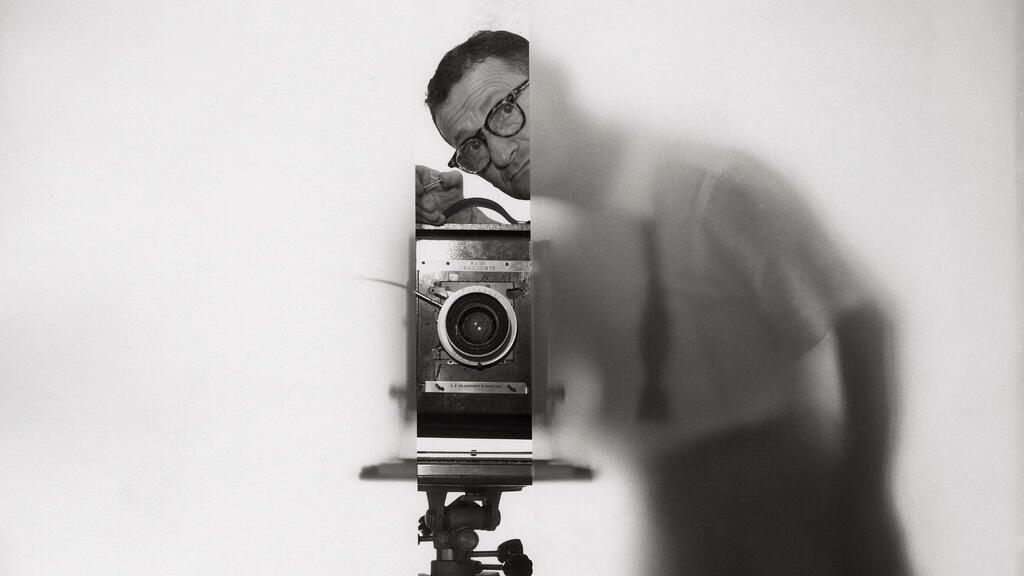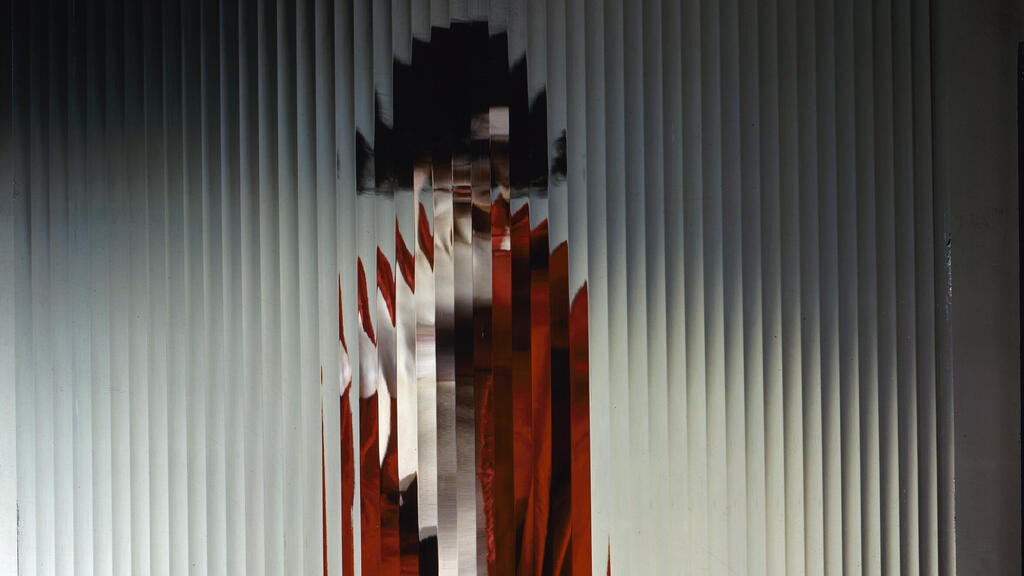Getting your Trinity Audio player ready...
(A fashion video by Erwin Blumenfeld)
Erwin Blumenfeld, a Jewish photographer of German origin, was starting his career in the fashion industry in Paris when the Nazis invaded France.
Related stories:
Blumenfeld refused to let anything stand in the way of his passion, and managed to escape to the United States where he established himself as a successful photographer.
6 View gallery
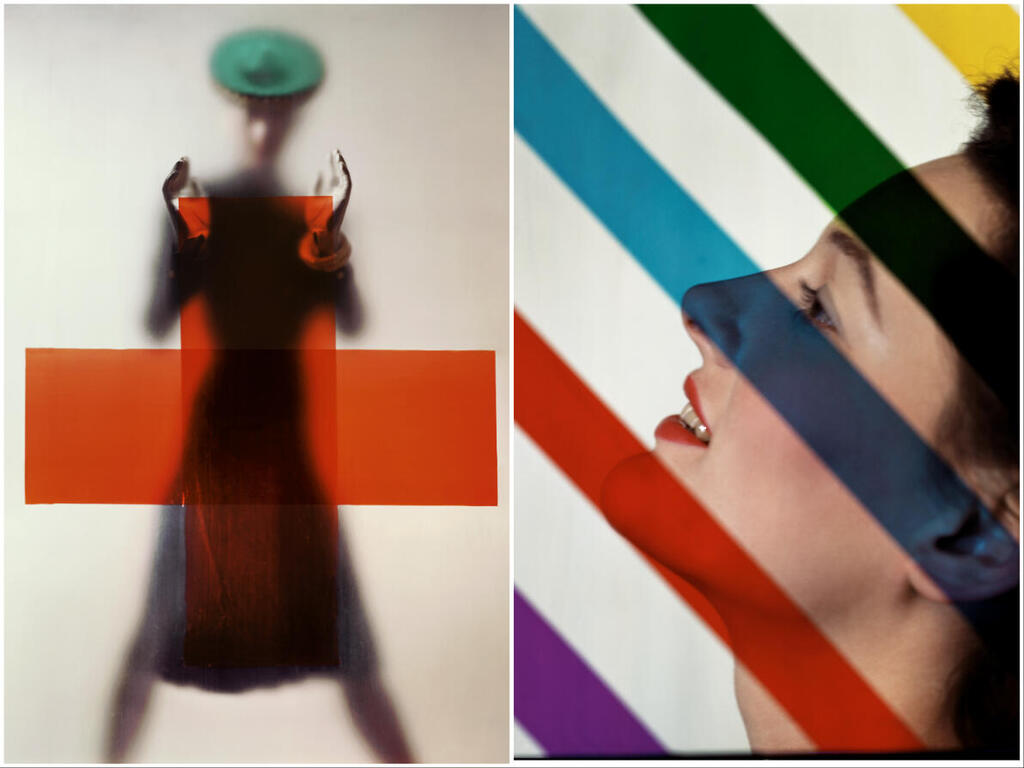

Left: 'Red Cross' for Vogue American, 1942; Right: Harper's Bazaar Magazine, 1942
(Photo: The Estate of Erwin Blumenfeld)
In March, the Musée d’art et d’histoire du Judaïsme presented a new exhibition titled "The Trials and Tribulations of Erwin Blumenfeld: 1930-1950." The exhibition featured 180 photographs, some of which were revealed for the first time and provided a new perspective on the life of the Jewish photographer, who passed away in Rome in 1969.
Inspired by the Dadaist art movement that originated during World War I in Europe, Blumenfeld's early works experimented with double exposure and solidarization, resulting in surreal imagery and artistic distortion.
The Paris exhibit also showcased the chronicles of Blumenfeld's life during the Nazi occupation, detailing his struggles alongside those of his wife and three children.
Blumenfeld was born to a Jewish family in Berlin in 1897 and served as an ambulance driver for the German army during World War I.
After the war, he joined the avant-garde Dadaist art movement and moved to Amsterdam, where he met his wife and started a successful business selling leather bags.
His back studio, where he photographed women's portraits, became more popular than the bag business due to the striking images he displayed on his storefront. This led Blumenfeld to focus entirely on photography.
In 1936, Blumenfeld moved to Paris, and got his foot in the door by mingling with the elites of the art scene in the city.
6 View gallery
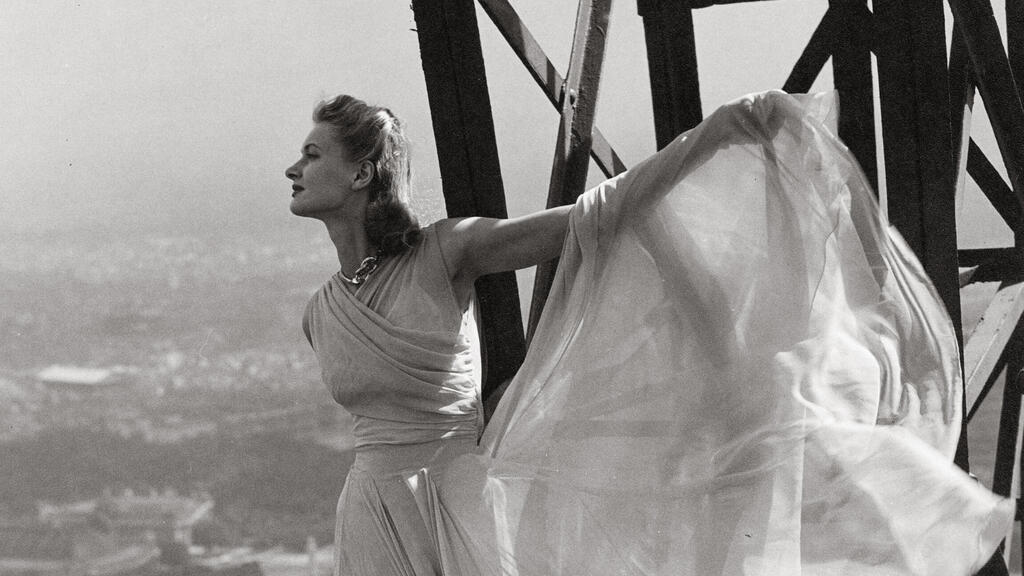

Lisa Fonssagrives sur la tour Eiffel, Paris 1939
(Photo: The Estate of Erwin Blumenfeld)
Despite Hitler's rise to power, he managed to build a successful career as a satiric artist. His series "The Dictator," which dates back to 1933, features distorted images of Hitler's photo montages, including a skull mounted on his face and blood dripping from his eyes and mouth.
In 1937, he also published a photograph of a calf's head placed on an ancient statue adorned with a toga, which depicted the dictator as a minotaur and symbol of animality.
Blumenfeld and his family made several unsuccessful attempts to emigrate to the United States before finally reaching "the land of opportunity" in 1941. They settled down in New York City, where the European photographer opened a studio in South Central Park. It was there that he built his reputation as one of the most influential fashion photographers of his time in the U.S.
6 View gallery
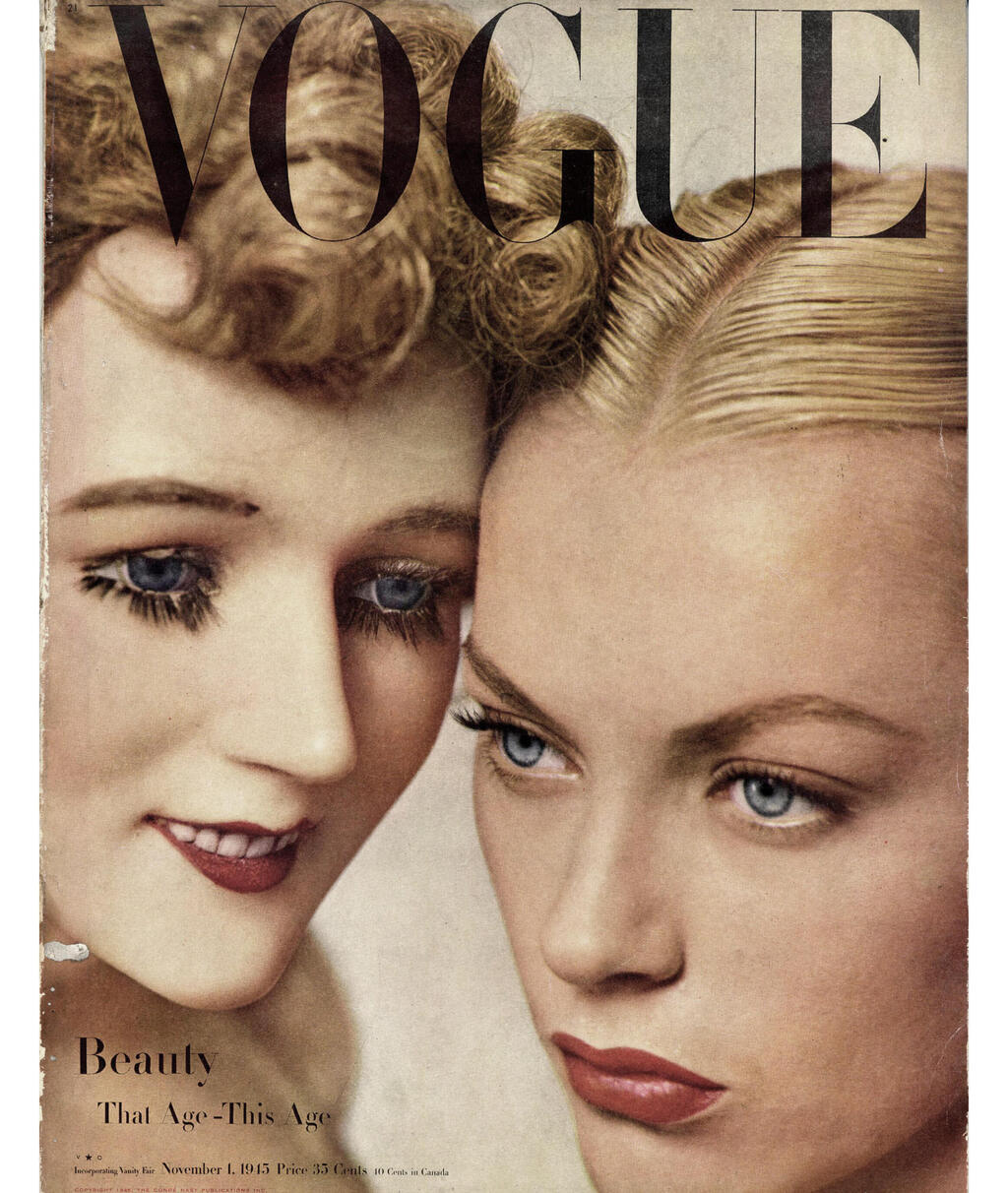

Vogue magazine cover 1945. Courtesy of Condé Nast publications
(Photo: The Estate of Erwin Blumenfeld)
Blumenfeld's "Doe Eye" photograph gained widespread recognition after being featured on the cover of Vogue magazine in 1950. The image, which features a pair of red lips and a black brow framing an emphasized eye, served as inspiration for numerous fashion advertisements, including a 2012 Chanel makeup campaign and a similar photo featuring renowned model Heidi Klum.
6 View gallery
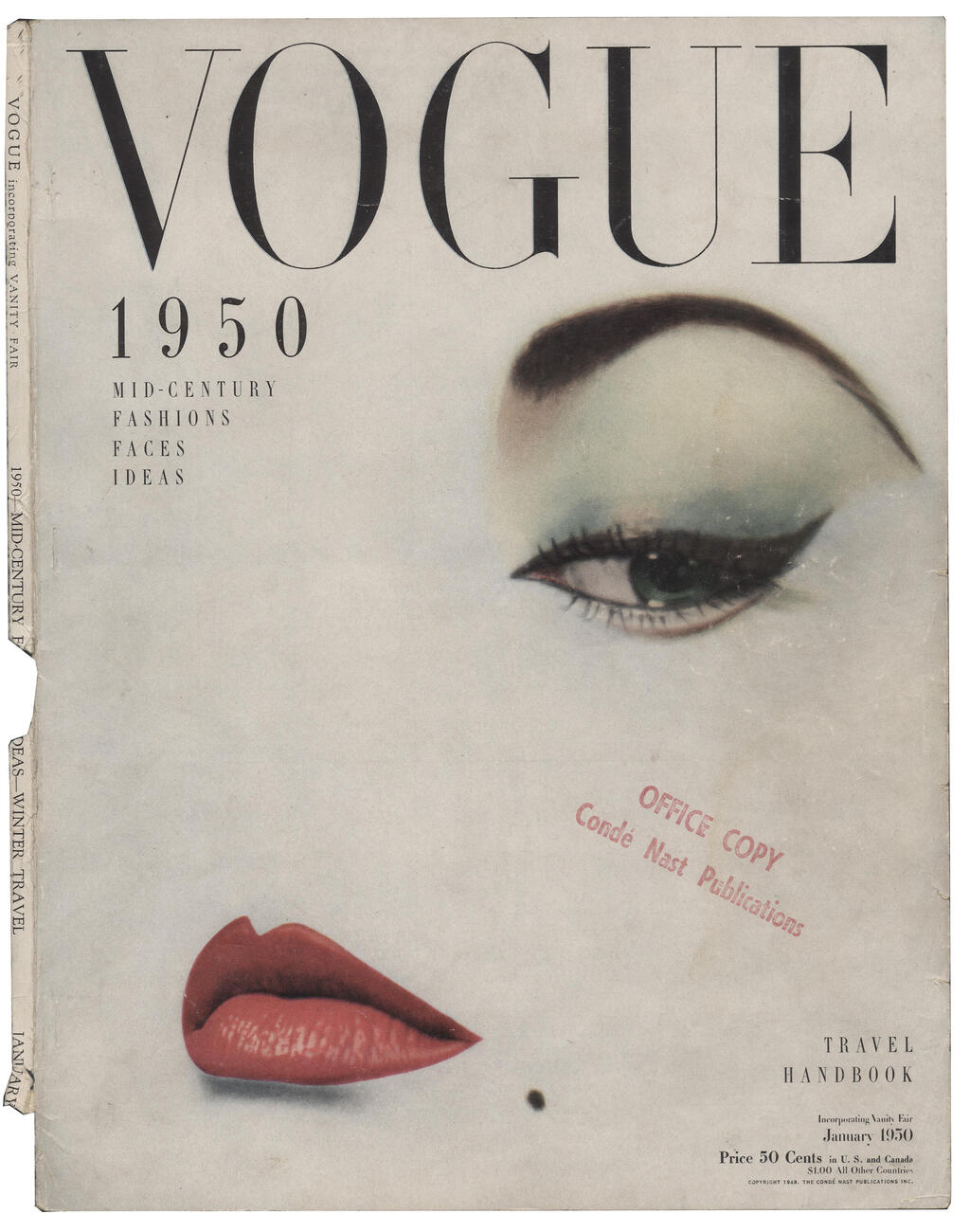

Vogue magazine cover 1950. Courtesy of Condé Nast publications
(Photo: The Estate of Erwin Blumenfeld)


